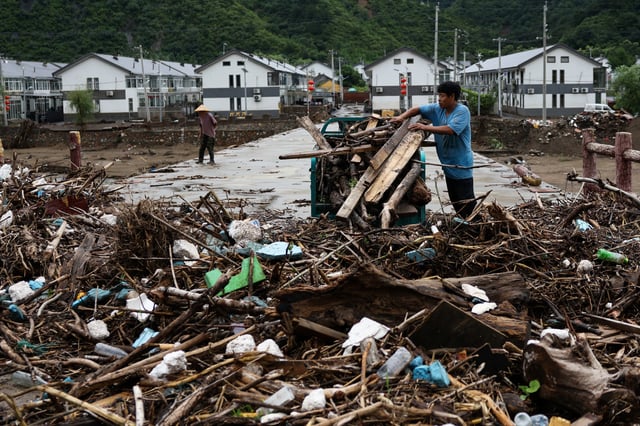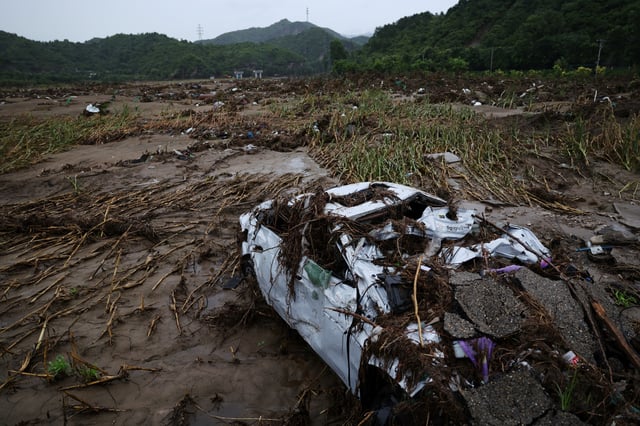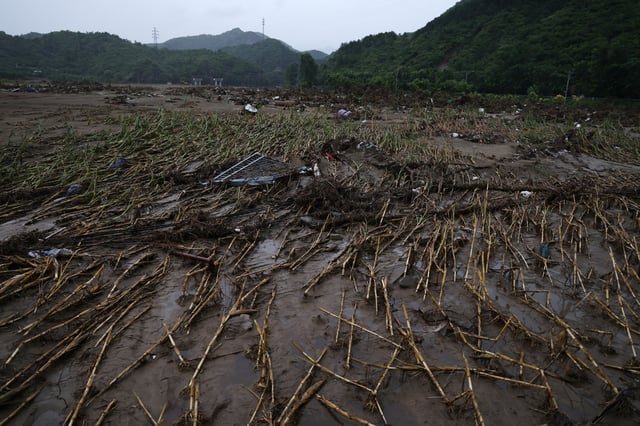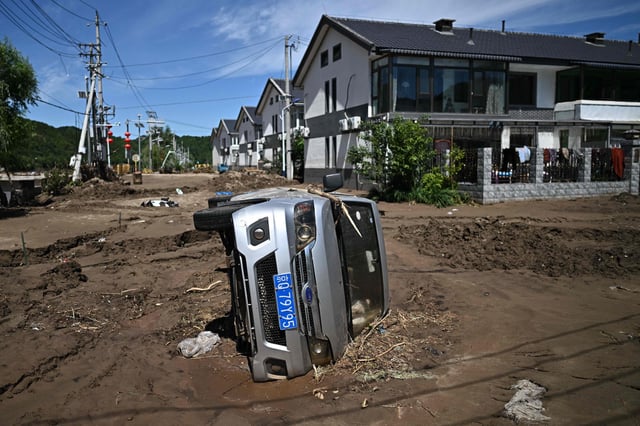Overview
- Flash floods in Huairou and Miyun killed 44 after a week of rain equaled a typical year, destroying villages and infrastructure.
- Authorities’ highest weather alert reached many Huairou residents after they were asleep, undermining timely evacuations.
- Rural emergency shortfalls proved fatal, with 31 residents of a Miyun nursing home excluded from evacuation plans and trapped by rising water.
- Officials report the earliest northern rainy season since records began in 1961, record floods on several Beijing rivers, and a 75% year-on-year jump in June–July rainfall.
- Despite 2.9 trillion yuan spent on over 60,000 sponge projects in 2024, experts say urban-focused standards based on past rainfall leave mountainous outskirts vulnerable, and a July planning meeting urged resilience-focused, ecology-based design.



